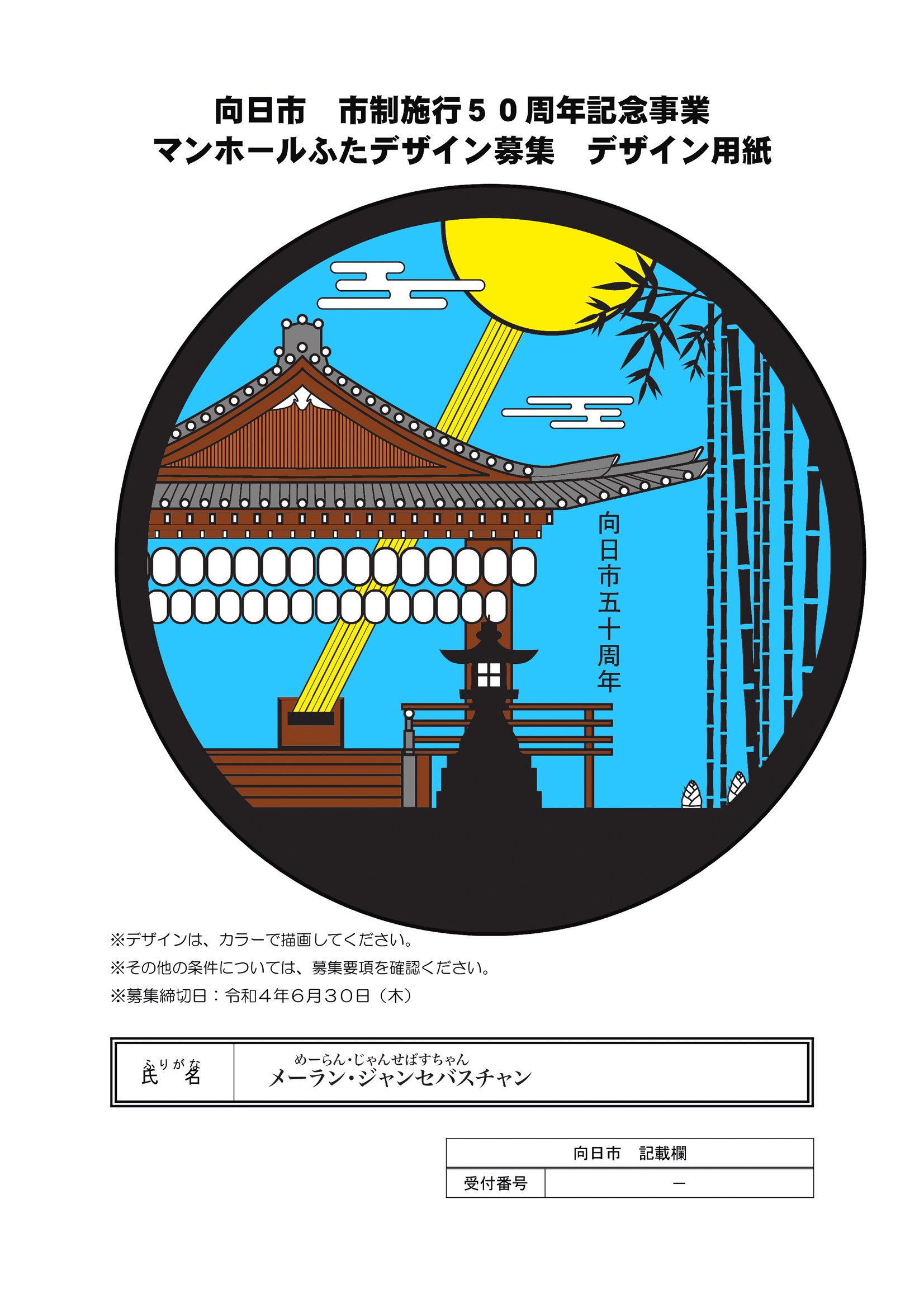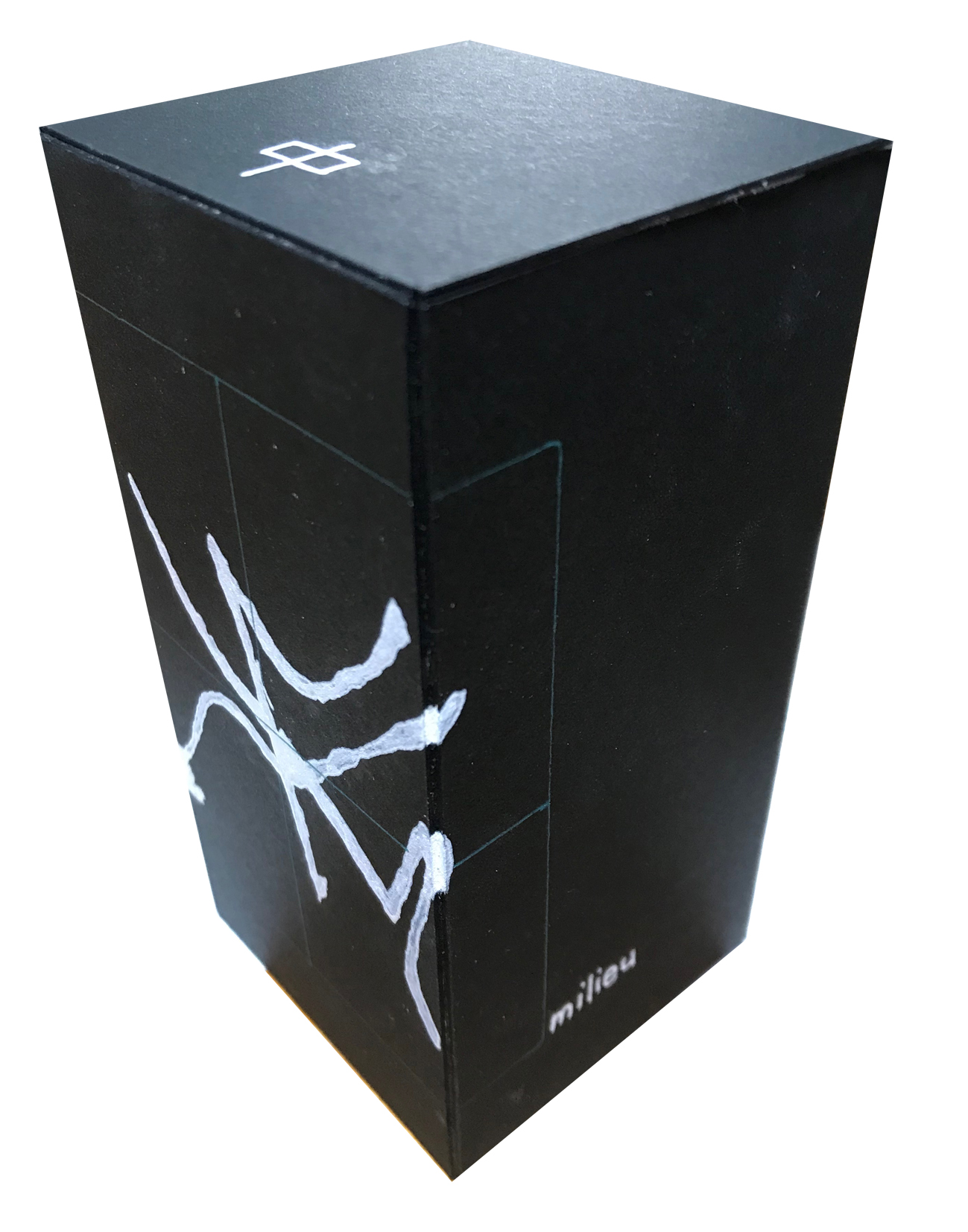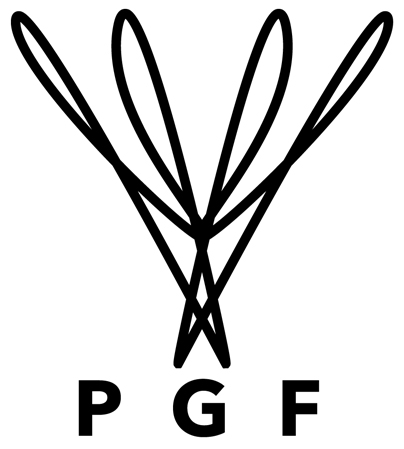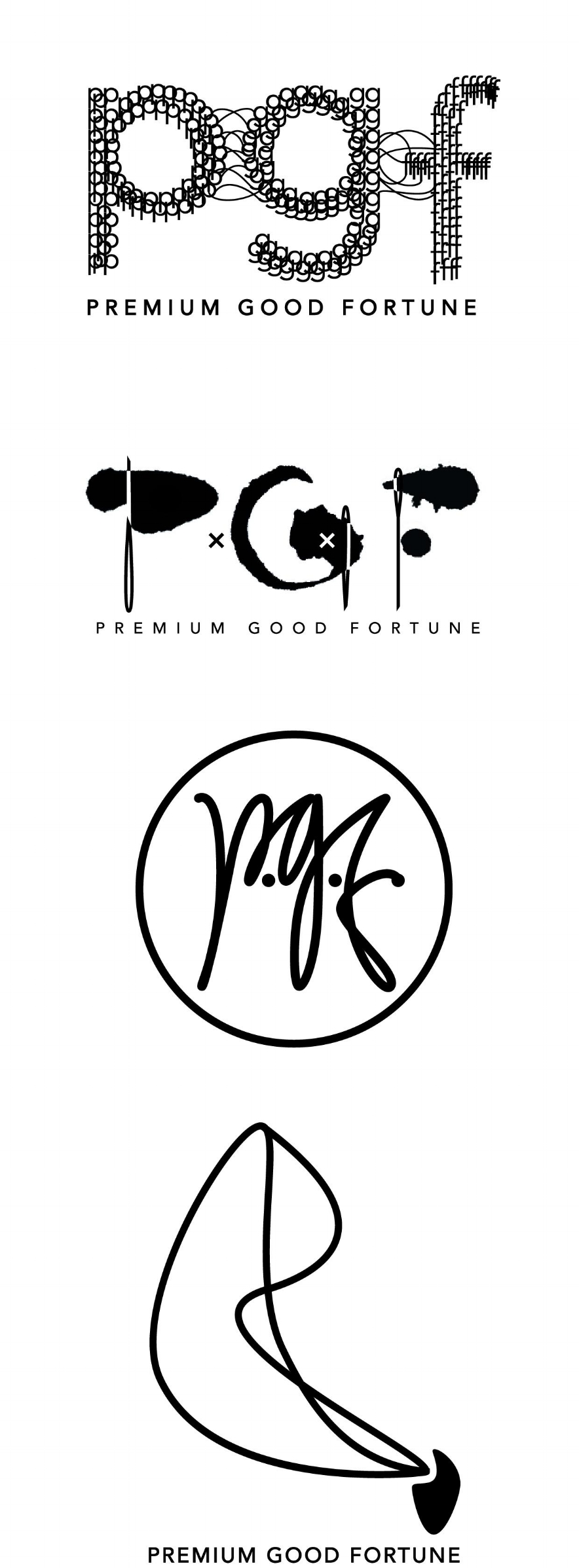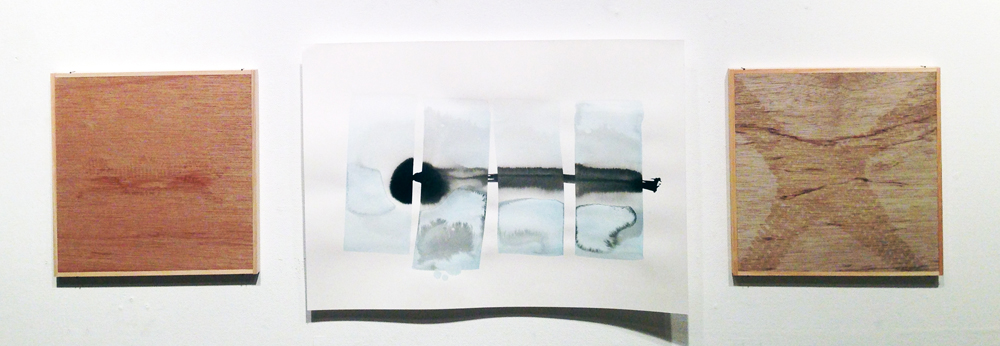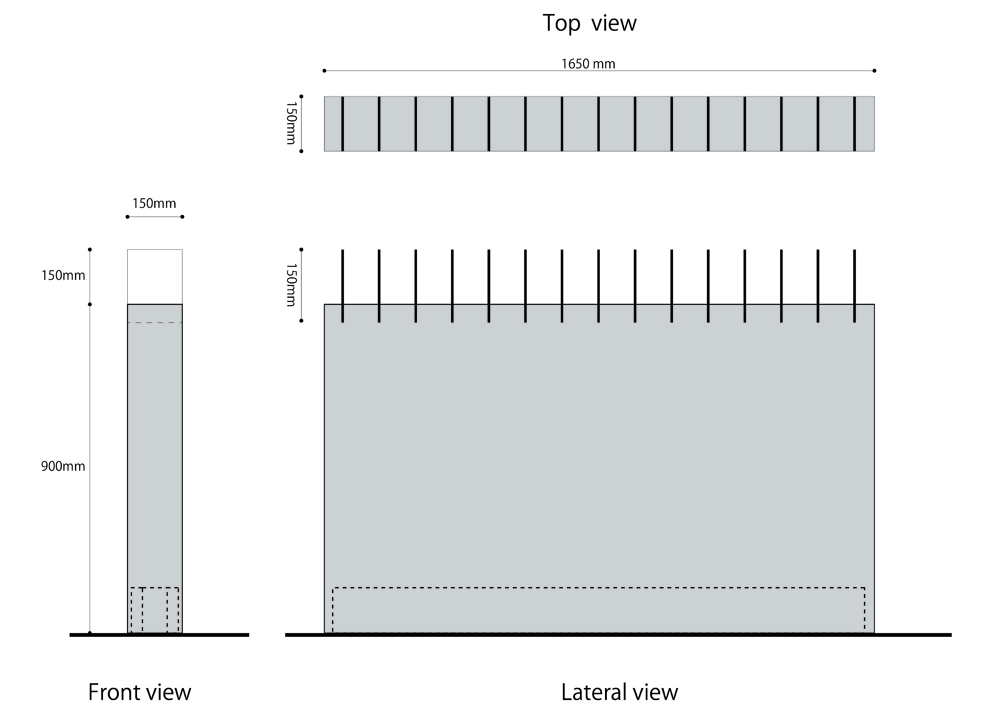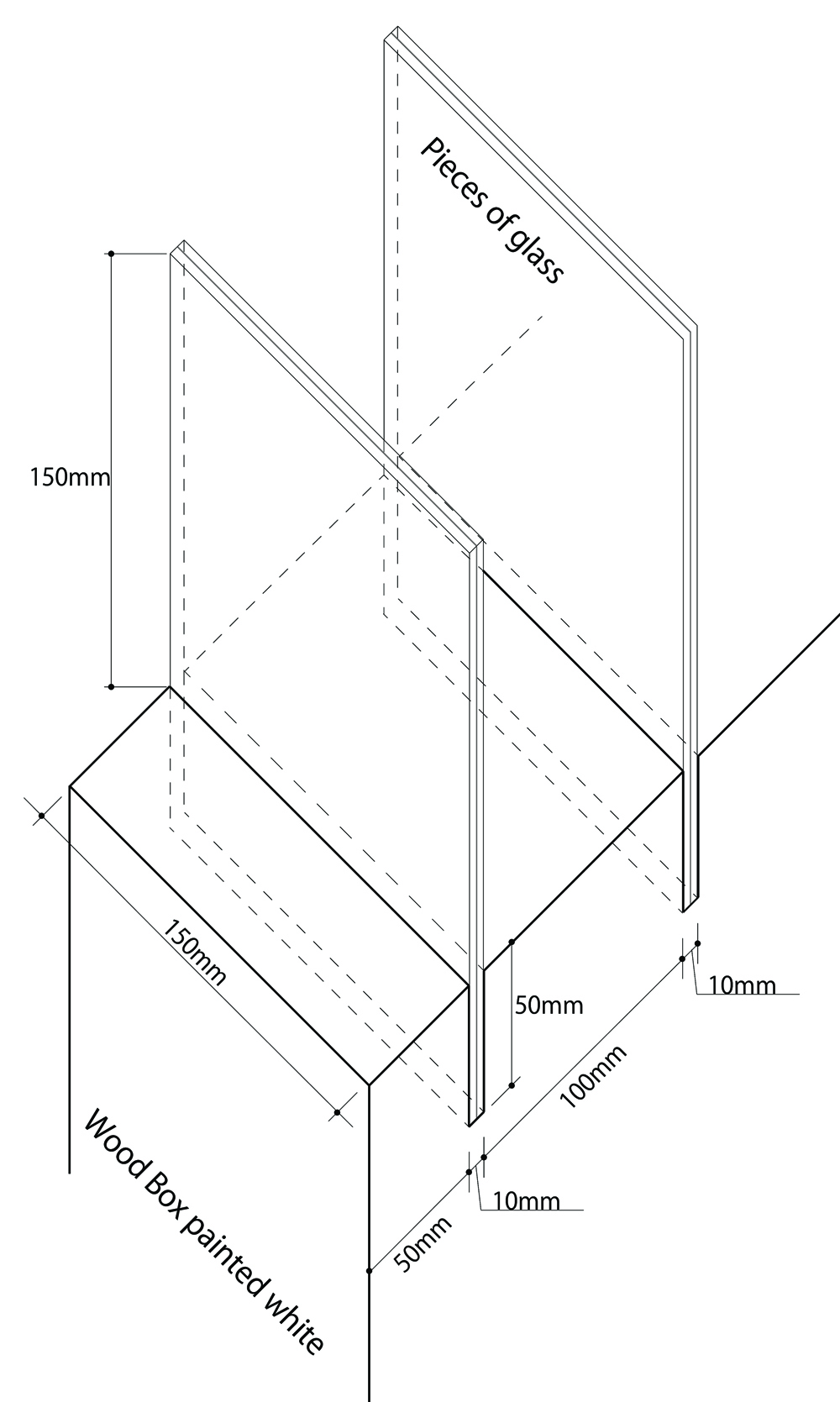This exhibition was the result of an assignment in the "Design and Expression" Class in the Graphic Design Dept. at Seika University. The theme, "Blind Spot", has two characters in Japanese - 盲点 - and is pronounced 'moten'.
I used the parts - called radicals - of these two characters as triggers of inspiration for the creative process that ultimately led the photographic montage work called "Life is WOW".
Intangibly, I interpreted the theme as life because we never really know what will happen next. Like an invisible moving object heading towards us with positive or negative energy, life hides an infinite quantities of surprises. From the get-go the desire to transmit depth and infinity was part of the plan.
By looking at the kanji and their parts we have:
Blind: 盲:亡+目. The first means "the deceased, the late, perish" and is a depiction of a human shape hidden behind a semi-transparent cloth or partition. From this I gathered the idea of the "see-through-barrier". The second part is a depiction of an eye, which long ago was written horizontally. Like the eye, with the white-color-white parts that character showed three parts (or a stack of three rectangles as we see it now). Thus, from the character " blind", with its parts I wanted to use an "eye-see-through-mesh" in the work. This became the 3D glasses that are needed to see some specific shapes in the montage.
Spot: 点:占+火. The first part is the character used to represent fortune telling. It's seems that the Chinese, in the olden days, looked at cracks in tortoise shells to understand what the gods were saying. From this I took the "mysterious, mystic, unknown" idea. The second part, illustrated by 4 strokes at the bottom of the character "spot-点", represents fire (火). From this the use of warm color tones came about.
All these ideas are woven in the montage showing three Japanese Braille letters, which are "i", "no", "chi" meaning "life". They can be seen with 3D glasses as they sublely and inconspicuously pop out from the background horizon of the canvas. This mysterious message, as most people don't read braille, could be read by touching the three hiragana letters "i", "no", "chi" - written with hot glue and became embossed - behind the bottom right white panel.
